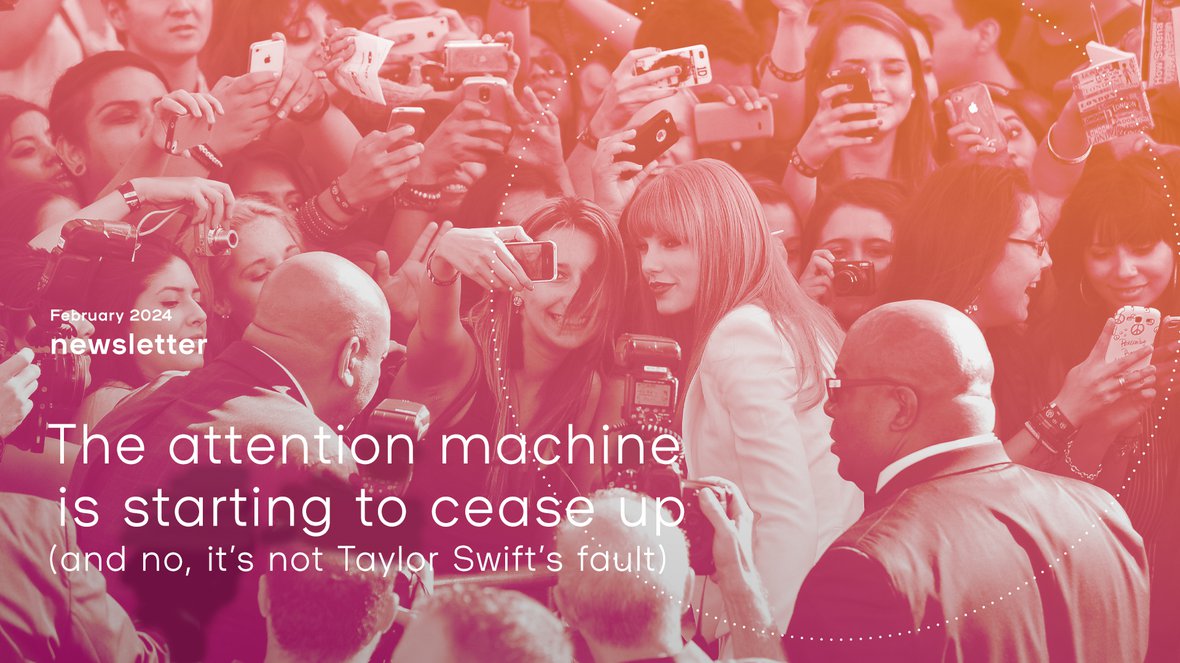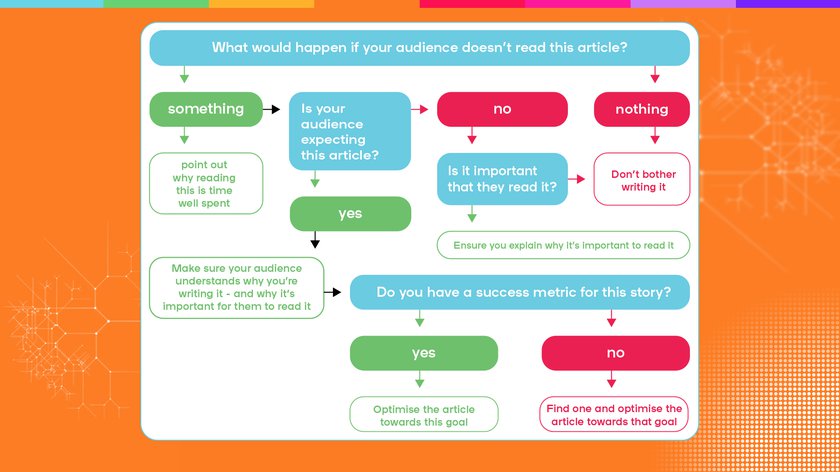Hi there,
This week a Dutch journalist attempted to make sense of media dynamics after Donald Trump cast doubt on whether NATO countries could still count on unconditional military support under a Trump administration should they be attacked.
He points out three things, the last of which gives us food for thought.
- Republicans who would normally counter these remarks, are afraid of losing their jobs
- Trump supporters seem to swallow everything hook, line, and sinker
- Anyone who thinks differently is so battered by the 24/7 news cycle that they now ignore it
The latter should sound familiar to everyone: being battered by the news. It happened this week to the writer of this newsletter when it seemed like the 1000th article about Taylor Swift in the stands at the Super Bowl appeared. As the world's most popular artist, she’s already the subject of frenzied media attention, but at the Super Bowl news outlets seemed to think that every smile or frown was a reason for a news story.
If something is new, it gets attention, and if something gets attention, it generates more attention.
The journalistic machine thrives on attention and a familiar target (hi, Taylor). The question is whether this works. We’ll go out on a limb here and state this even more strongly: we see signs that the type of journalism that rides on trends and hypes is decreasing in value. The earlier-than-expected decline in the number of online subscriptions sharpens the issue. INMA summarises:
“Apart from the low news cycle, the slow subscriber growth likely stems from not addressing core reader needs, lack of habitual use, low visibility of offers, value perception issues, sign-up friction, subscriber churn, and lack of impact on readers’ lives.”
Media organisations that stand out are the ones that are guided by self-control and a solid strategy. There’s reason for optimism too: given that newsrooms prove that they’re great at attaching meaning to the unimportant, it also follows that - if they wanted to - they could also give the same superstar treatment to stuff that actually matters.
Write engaging stories
Naturally, all media aim to increase audience engagement. But how exactly do you do that?
Our latest practical blog shines the spotlight on longform stories. Done well, and done right, longform stories have the potential to keep readers on site longer, boost engagement, and bolster loyalty. But to achieve these goals, you need to answer these questions:
➡ Why does your audience care?
➡ How does your audience care?
➡ Actually, do they care at all?
The decision tree below shows that sometimes the best thing you can do is throw your stories away. At all other times, you need to make it crystal clear what the reader will get out of reading it.


